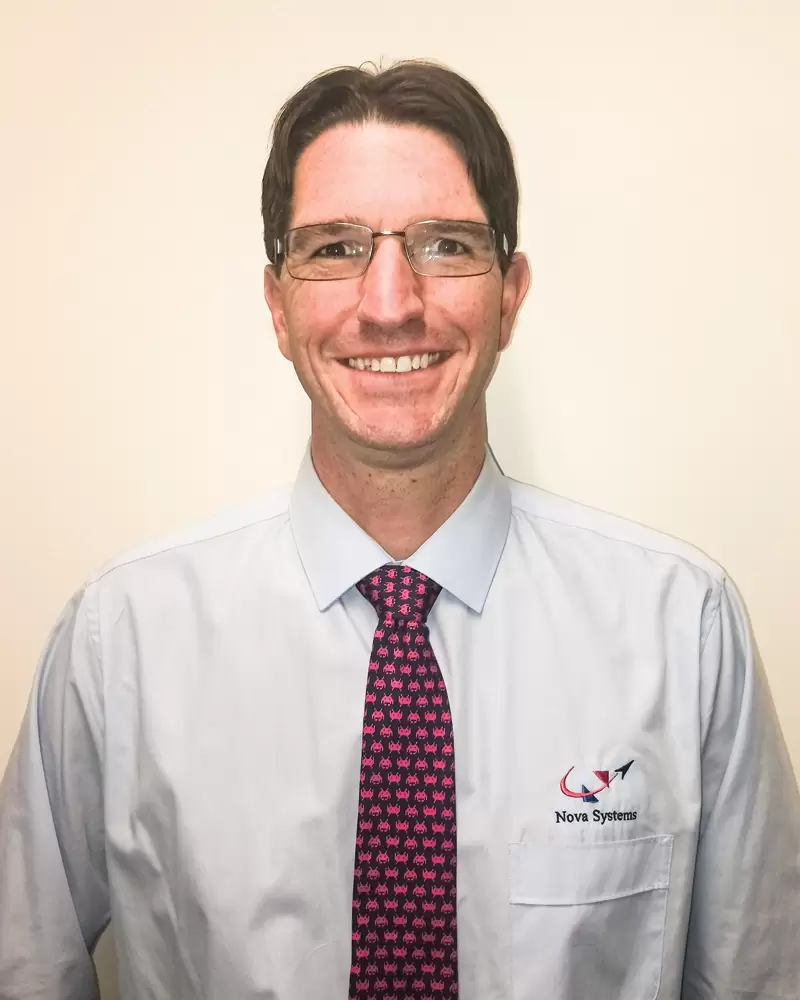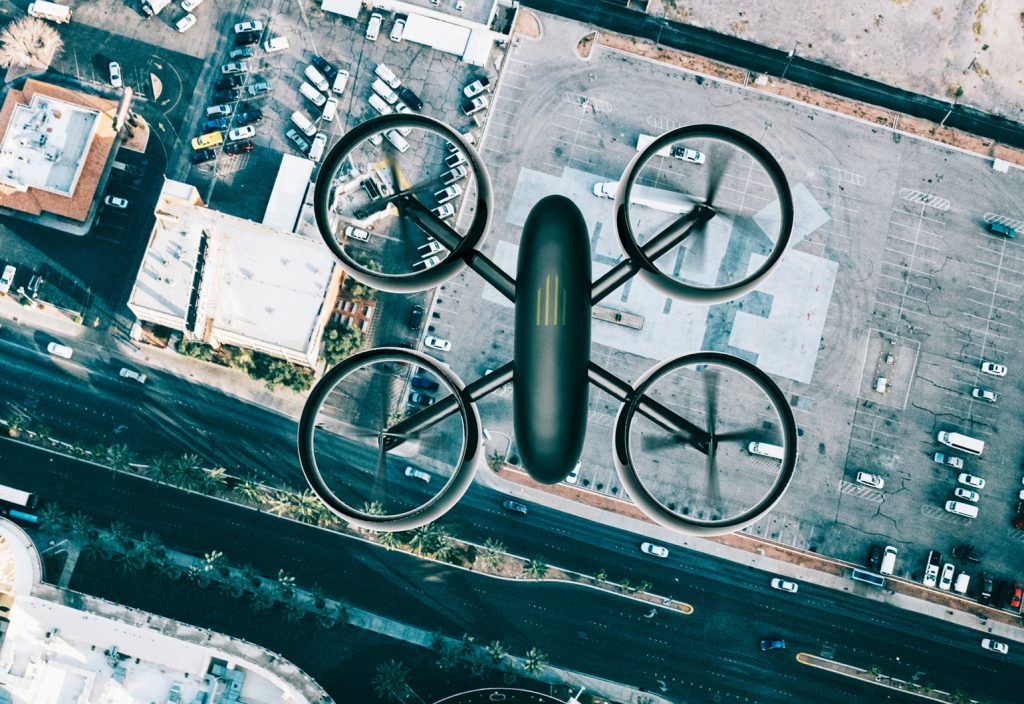Mike Roberts, senior aeronautical engineer at Nova Systems, has performed award-winning work in unmanned autonomous systems (UAS) and sees interesting challenges ahead as the adoption of unmanned aircraft continues to grow.
create: What drew you to the challenges of systems engineering and aeronautics?
Mike Roberts: I’ve always liked aircraft since I was a kid. My favourite thing used to be going up to the cockpit whenever we’d fly somewhere, which sadly you can’t do anymore. As far as systems engineering, it’s basically about problem solving. How can I get from idea and requirements to the solution?
At Australian National University (ANU), I studied interdisciplinary systems, which really works well with the aeronautical side because aircraft have so many different aspects. You’ve got to deal with power and propulsion and materials and structures.
create: What is the focus of your role at Nova Systems?
MR: My focus at the moment is unmanned systems. I’m split between airworthiness and airspace integration for a large military UAS project in my consulting role and working on an unmanned ground vehicle as an internal project within Nova on the large UAS side.
create: What has it been like to recently teach a UAS module to the Singapore Air Force?
MR: For the past few years, Nova has worked with the Republic of Singapore Air Force to teach a course to cross-train their mechanical and electrical engineers into aeronautical engineers. As part of that, I taught a module on UAS design and the implications for acquisition and introduction to service.
It was interesting because that module was part of a broad aero program but focused on the differences between UAS and conventional manned aircraft. It was really interesting to look at what’s the same for UAS and what aspects you need to look at differently.
The big ones are the software, the criticality of the communications and the ground control station, and the airspace integration aspects when you take the pilot out of the cockpit. It was an interesting challenge, and very rewarding teaching those young guys and girls and seeing their enthusiasm and interest.
create: After graduating from the University of California in 2003 you worked at a UAV startup in the US. What major advancements have you seen since then?
MR: We were working on an internal combustion-powered ducted-fan UAV, because that was the answer for portable vertical take-off and landing at that point.

The first change, especially for solving that problem, has really been the miniaturisation and commoditisation of the sensors – the gyros and accelerometers and GPS – that’ve gone from being high-end military hardware to something sitting in your phone.
The second major change is the improvements in electronic motor and battery technology. When we were doing that there was no way you could even get something off the ground with the batteries and the motors that were available.
The next big advancement? One is in how non-aircraft companies are going to deal with safety in aviation. Another is the overall unmanned or unconventional traffic management aspect – how do we manage all of these vehicles, some with people and some without, some being piloted and some not being piloted – in the same low-level airspace.
create: What are the benefits of achieving Chartered Engineer status for you?
MR: Chartered Engineering status recognises an ongoing commitment to engineering practice. I think it’s important to ensuring the professionalism and competence of engineers, especially when we’re involved in safety-critical activities. Having that additional oversight and that framework helps ensure that people are keeping up to date and raises confidence in engineers.
This article originally appeared as “Spotlight: Mike Roberts” in the September 2018 issue of create magazine.
